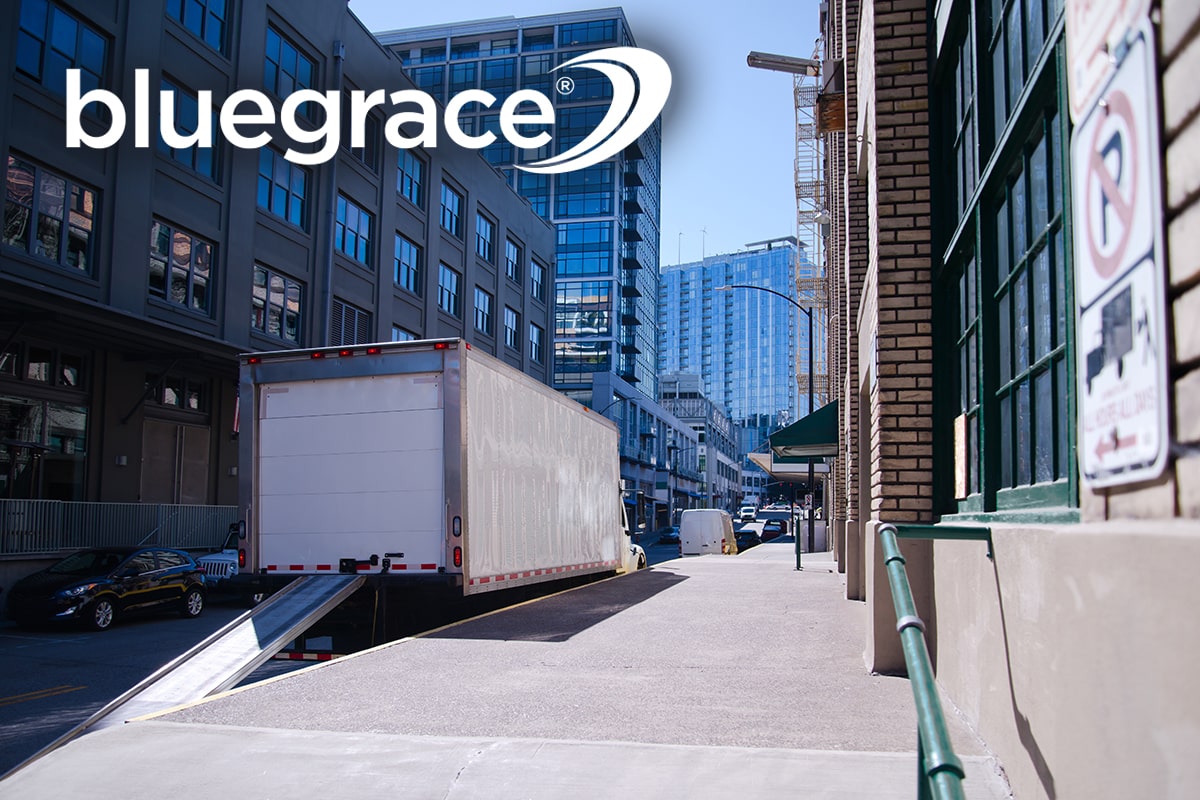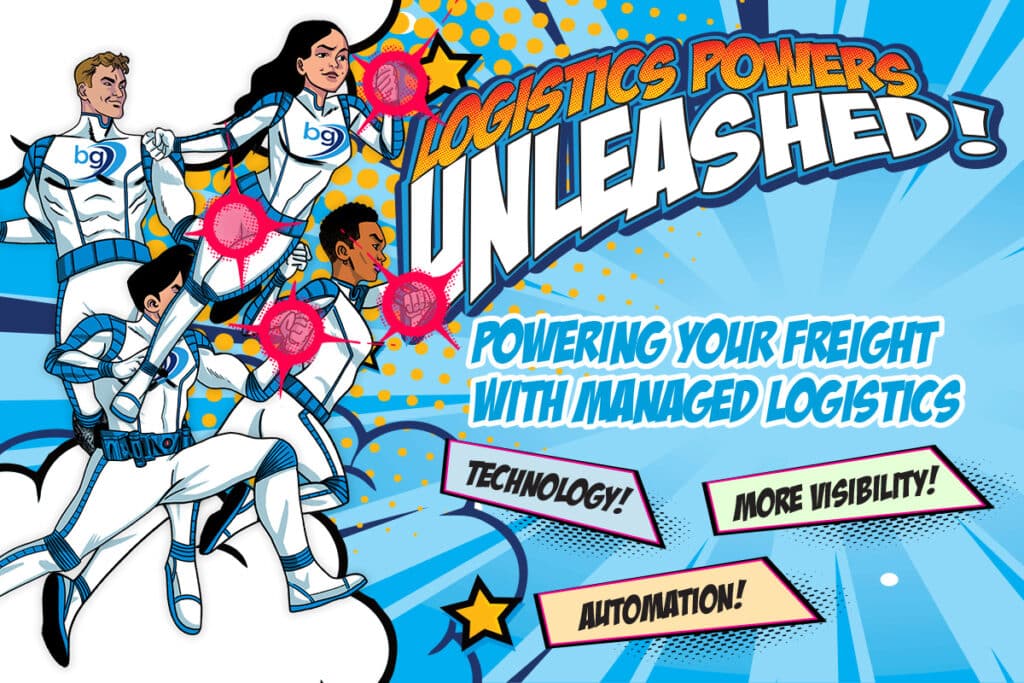

We are witnessing one of the most interesting times in the development of logistics. Shippers and Carriers alike are working towards creating, innovating, and performing all out (and much needed) overhaul of the way we look at delivering packages.
Online and legacy retailers both are encouraged to work with their logistics partners to not only overcome the upcoming challenges but to find bold new approaches to compete as well as survive.
While every step of the process is certainly important, shippers and carriers have been placing a greater emphasis on the last mile of the delivery. And why not? It’s projected that by 2030 more than 600 million more people will be living in urban environments where standard delivery via truck may not be an option. Couple that with the booming growth of online retail sales (e-commerce) and the last mile not only becomes a crucial element for distribution but it’s also a differentiator from the competition. Online and legacy retailers both are encouraged to work with their logistics partners to not only overcome the upcoming challenges but to find bold new approaches to compete as well as survive.
Deliveries are no longer about a simple A to B route. Urbanization has seen to that. With more people living in much more crowded areas, the complexity of deliveries is growing exponentially.
Freight movement across all modes are projected to grow by approximately 42 percent by 2040.
According to the DoT, “The surge in population and economic growth brings with it escalating freight activity. Freight movement across all modes are projected to grow by approximately 42 percent by 2040. This trend means more “everything”. More pressure on roads and transit lines by commuters, more parcels delivered, particularly with the meteoric rise of e-commerce.”
Growing Trends in Last Mile Deliveries
“Shortening the Last Mile: Winning Logistics Strategies in the Race to the Urban Consumer” was a white paper compiled by DHL and Euromonitor which has identified four growing trends that are shaping urban last mile transportation.
- Localized Delivery
- Flexible Delivery Networks
- Seasonal Logistics
- Evolving Technology
In addition to highlighting these trends, the paper also explains ways that companies can begin to embrace these new tactics and adapt their supply chain to the changing market while growing their competitive advantage.
There must be more public and private sector coordination in freight planning.
“‘It must be recognized that economic activity in urban areas depends on the movement and delivery of goods through freight carriers. City and traffic planners must be made aware that urban settings can be inhospitable places for freight deliverers. There must be more public and private sector coordination in freight planning. Cities can shape markets to focus private sector attention and invest on the needs of cities and the people who live in them by mobilizing infrastructure, talent, and other assets to support the right kinds of AV-based solutions,” was one of the conclusions in “Taming the Autonomous Vehicle: A Primer for Cities (Bloomberg Philanthropies and the Aspen Institute)
Growing Challenges
The white paper found that major urban settings can cause a variety of challenges for distribution including cost, decreased quality of service, as well as overall organizational strain.
Seasonal growth is a good example of this. Not only are major holidays a heavy load time for logistics but many stores run various promotions throughout the year which require extra personnel. The only issue being, these short-term surges in volume aren’t nearly as easy to predict.
“Urban customers’ demands for speed and convenience are forcing retailers to overhaul their warehousing networks, replacing centralized networks with local fulfillment and distribution infrastructure, which can require a more accurate balancing of inventory,” says DHL on the matter.
The Growing F.A.D
With the importance of urban and last mile deliveries growing, how can companies best take advantage these growing trends to overcome the impending challenges as well as stand out from the rest of the competition? In order to be more competitive, efficient, and an overall more successful company the DHL study suggests applying the F.A.D strategy which they described as the following:
(F)lexible or more elastic transport networks can include the more efficient use of available transport capacity in a market, to achieve higher load factors, bring down costs, connect more quickly to end customers, and reduce environmental impact, but can also imply the ability to move shipments more easily between different modes of transport such as bicycles and vans to improve connectivity.
(A)utomation can include a higher level of automated processing at fulfillment centers, but also the deployment of autonomous vehicles and robotics to bring down labor costs, increase productivity, and enhance services.
(D)ata management enhancements allow retailers and their logistics operators to better forecast and position inventory to reduce waste within their supply chain and achieve better availability of stock. It also provides greater visibility on inventory and transport flows, allowing logistics operators to more effectively manage routing and exceptions, and providing tracking to enhance the customer experience.
There is some variance as to which sectors you’ll need to place more time and energy into.
Now there is some variance as to which sectors you’ll need to place more time and energy into. “Effectively, not all three elements need to be managed as actively or invested in as equally.
Different markets, commodities, and operating environments, as well as competitive pressures, may require prioritization of one particular focus area over the others, or a more substantial investment in certain focus areas at the expense of others. For example, if courier shortages are the most pressing issue for one company, that company would need to funnel resources into making its networks more flexible and likely consider automating some of its processes as well. However, another company may be facing increasing pressure from its customers to narrow the delivery timetables offered to them, incentivizing management to consider investing in a data system with AI capabilities to help predict the most efficient windows,” says DHL.
Not only urban consumers, but all consumers will continue to demand solutions that make life both easy and convenient.
Not only urban consumers, but all consumers will continue to demand solutions that make life both easy and convenient. When it comes to their expectations cost, convenience, and flexibility will all be important factors to both the relevance and success of e-commerce companies, as well as transportation companies who will continue to haul the growing industry along.
At BlueGrace, our proprietary technology is designed to put the power of easy supply chain management and optimization back in your hands. Many of our customers prefer to integrate their systems or ERPs such as SAP or NetSuite directly with our BlueShip platform. Not only will this simplify your freight but it also provides usable data to build measurable KPIs and continuously improve your program. To speak to one of our experts, call us at 800.MYSHIPPING or fill out the form below.


